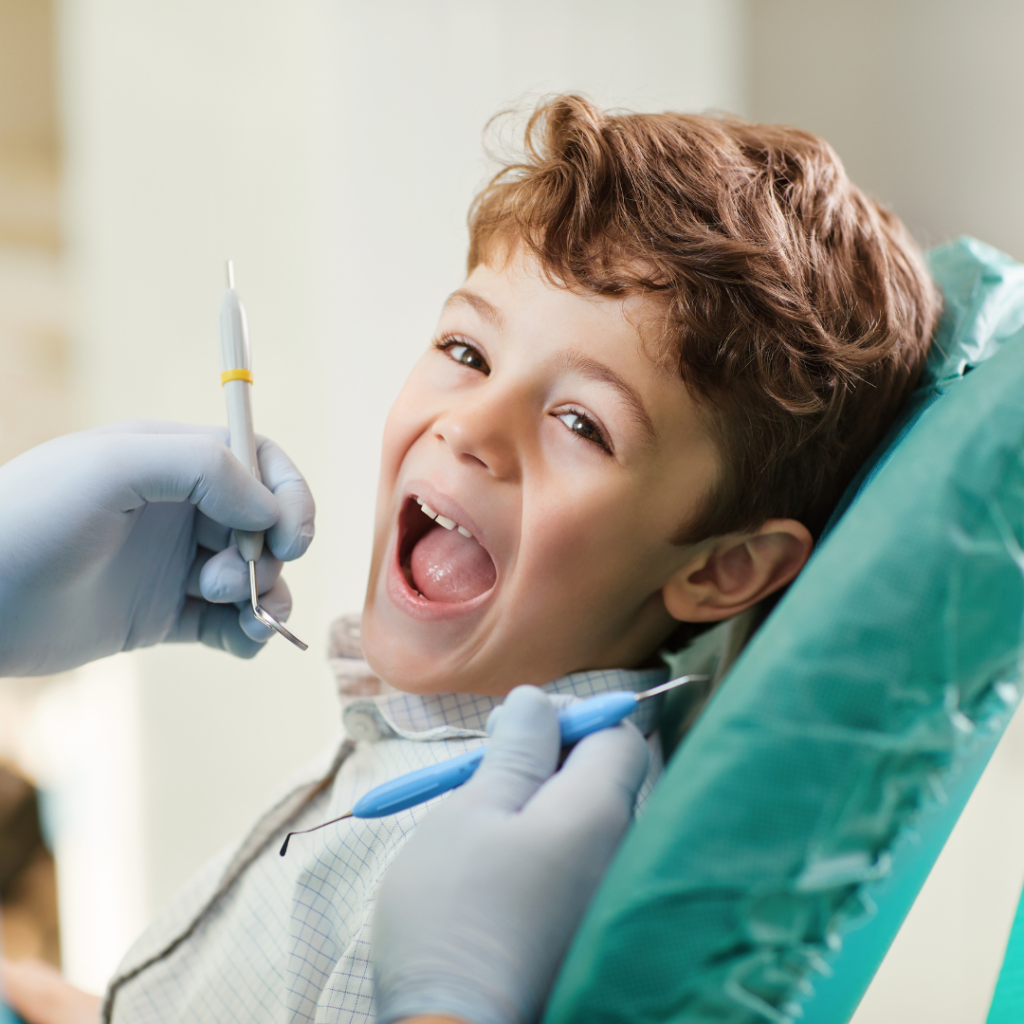Education Hub
DENTAL PATIENT EDUCATION
On our Dental Education Hub, we are dedicated to providing valuable and up-to-date information to empower and educate patients about their oral health. Our mission is to help you achieve a bright and healthy smile while fostering a better understanding of dental care.
Purpose
We believe that knowledge is key to maintaining optimal oral hygiene. Every month, we curate and share practical dental insight and tips that you can easily incorporate into your daily routine. We hope this helps guide you towards making informed decisions for your dental well-being.



February
National Children's Dental Health Month
The February 2024 National Children’s Dental Health Month (NCDHM) is brought to you by the ADA. This month-long national health observance brings together thousands of dedicated professionals, healthcare providers, and educators to promote the benefits of good oral health to children, their caregivers, teachers and many others.
Primary Teeth
Baby teeth, also called primary or deciduous (de-SID-joo-us) teeth, help children chew and speak normally. They hold space in the jaws for the adult (permanent) teeth that come in later. The chart to the right shows when each tooth usually comes in (erupts) and is lost (shed). Not all children get the same teeth at the same time. Teeth may come in earlier or later than shown here.
Early Childhood
Adult teeth start to form under the baby teeth.
tooth decay in baby teeth
Tooth decay in infants and toddlers happens when teeth are in contact with sugary liquids often or for long periods of time. Sugar is in almost everything that a baby drinks, other than water. This includes 100% fruit juices, breast milk, and formula. Sugar left over from food and drink can turn into acid. The acid can wear away the enamel and tooth decay and cavities can start to form.
Ways to prevent early decay
• After each feeding, wipe your infant’s gums with a clean, damp washcloth or gauze pad.
• Once the first tooth appears, brush your infant’s teeth twice daily with a child-sized, soft-bristled toothbrush.
• If your child uses a pacifier, don’t dip it in anything sweet, or put it in your mouth before giving it to the child. The cavity-causing bacteria in your mouth can be passed to your baby.
• When your child is around 6 months of age, start encouraging them to drink from a cup. Do not let your child sip constantly on drinks with sugar (including juice drinks).
• Never put your child to bed with a bottle or training cup.
• Your child should have their first visit with the dentist after their first tooth appears, but no later than their first birthday. This first visit is a “well-baby checkup” for your child’s teeth.
WE ARE AVAILABLE AT SPECTRUM HEALTH SERVICES TO ASSESS AND TREAT YOUR DENTAL NEEDS.
THE ORAL HEALTH ISSUES DESCRIBED ABOVE CAN BE MANAGED AND EVEN ELIMINATED BY GOOD ORAL HEALTH PRACTICES AND REGULAR VISITS TO THE DENTIST.


